THE HOMOGENISATION OF T20 BATTING
Traditional roles are disappearing. But is everyone playing like a 'finisher' now?
“Save wickets initially, try to get through the powerplay without losing a wicket, take a single after a six”.
These were common pieces of advice only a few years ago, even in T20 cricket. They’ve changed, of course. Scoring ten runs per over is more important than saving two wickets in the powerplay, and a six hit means you need to go for more—make it a 20-run over. The gap between a top-order batter and a designated finisher is diminishing. And that is the point of discussion in this one.
POWERPLAY = DEATH ?
These shot similarity results were obtained by forming feature vectors of shots, boundary percentages, control values, and wagon zones across different delivery features (line, length, bowler kind). An opener like Phil Salt has the likes of Hardik Pandya, Heinrich Klaasen, and Tim David in his similarity group. And this is true for many modern-day T20 openers. This is an economy-progression plot of pairwise IPL seasons over the last ten years-
The last two years are the only ones where some overs in the powerplay have been better than the first death over (16th). They have even surpassed the 19th-over economies of several past seasons.
Powerplay and death overs are probably phases when, mentally for a batter, the field is open. In the powerplay it is due to the rules; in the death overs it’s because the focus is more on six-hitting and less on wicket-saving. The approach in death overs has been more or less consistent throughout. It’s the powerplay where we now see records getting shattered every day. Powerplay six-hitting has become a thing. And you see that in how similarity between powerplay and death overs is increasing in terms of shots played (shots features) and regions accessed (zone features) in this plot.
We also see this in the positions batters are taking, especially in the last two years. Death-dominant approaches are now spilling over into all phases. Against pace specifically, there has been an increase in back-foot/deep-in-crease sixes after a drop until 2023.
It’s easy to see how the difference between all three phases has reduced, but powerplay and death overs are now almost overlapping each other.
An example of this was seen in Vaibhav Suryavanshi this IPL season, digging full deliveries using crease depth. The 122 balls he faced this season show that his wagon-zone features have been similar to brutes like Pooran and Miller.
Suryavanshi is not the only one. New-age openers are asked to maximise the powerplay from day one, and hence they are more prone to being similar to a death overs batter in terms of their shot making.
A minimum sample size and balls-played filter allowed the latest debut year to be 2022
INDIAN BATTERS GOING CARIBBEAN-WAY?
Data since 2015 suggests West Indies batters (min. 200 balls faced) have been the most similar to each other in terms of shot making, which is quite expected.
But post-2022 (inclusive), things have been different. The homogenisation effects have started to show in Indian batters. This can be seen in IPL numbers throughout the years. The three-phase batting distance (powerplay-middle-death batters) has been decreasing.
The last two years saw an increase, though the values were still below those in years before 2022. This happened primarily due to 2024, where scores were variable (highest standard deviation in first-innings scores) and death overs batting attained a peak (the only phase where 2024 is better than 2025, considering runs off the bat only).
And this Caribbean-ification is a positive sign, because anchor batting has proven increasingly unfavorable to a team’s winning chances this decade. For example, a 30-plus score with a strike rate below 130 now drops winning probability to 36%—down from 52% in 2021.
WHAT LIES AHEAD
The homogenisation leads to various possibilities in batting strategy. I think it strengthens the case for Narine-like pinch hitters to open. I would also love to see rules allowing pace hitters to retire after the powerplay and come back in the death overs. What does it mean for bowlers? More death-specialised bowling in the powerplay? Yorker data does show some progress already.
The problem with T20 analysis is that no trend stays for long. I look forward to seeing how this homogenisation evolves. Please share your views on it, and consider subscribing if you like the work!

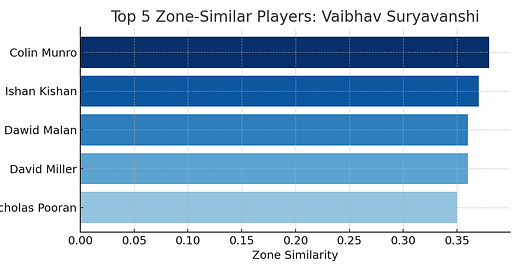


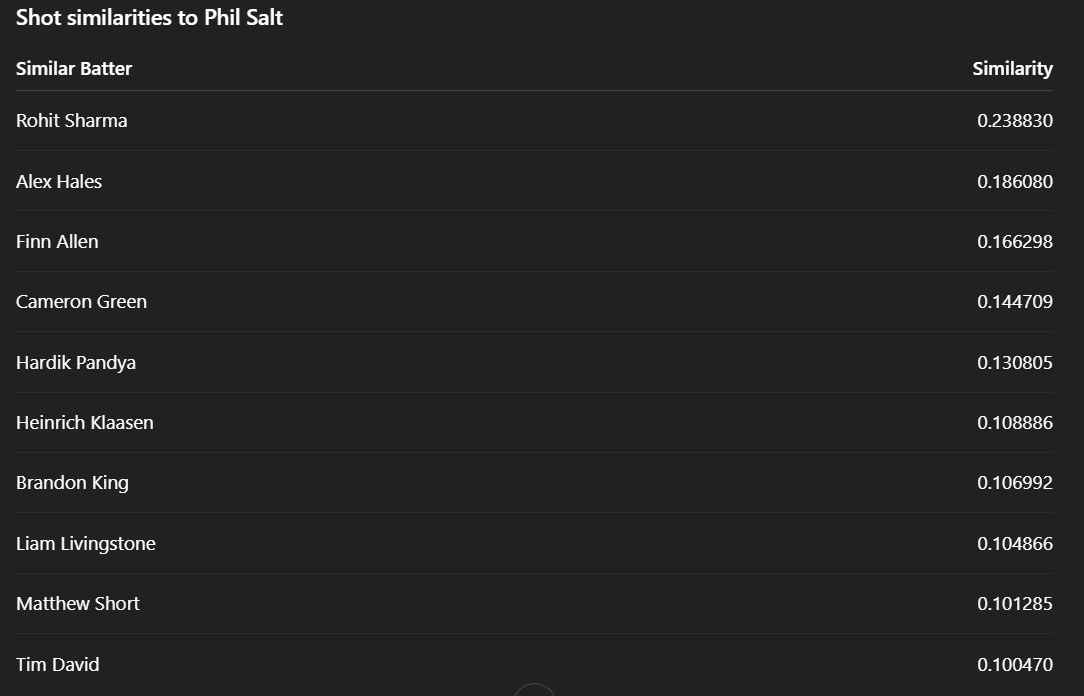
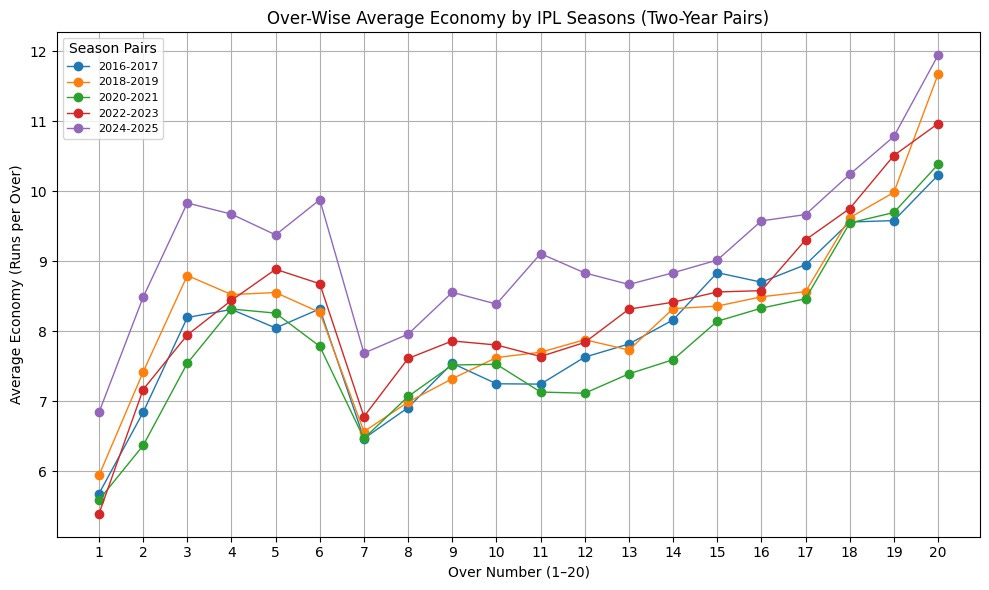

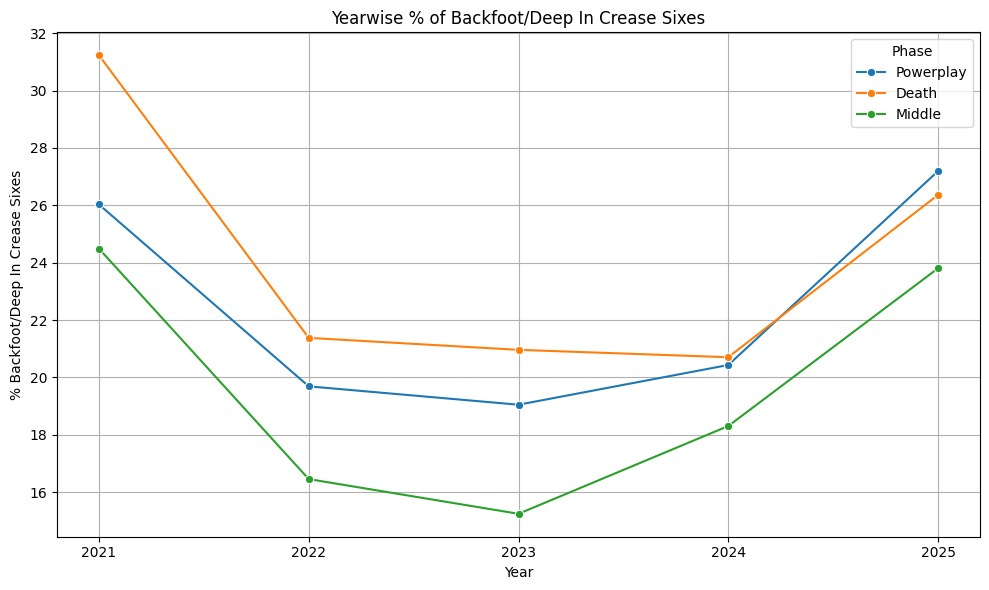

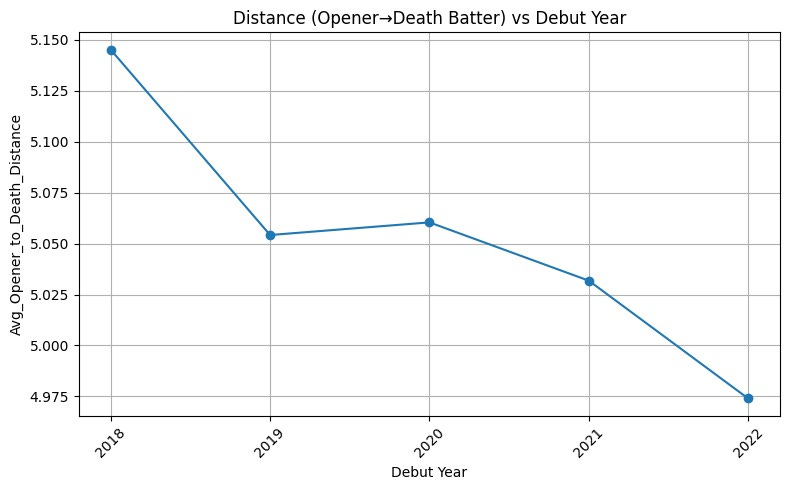
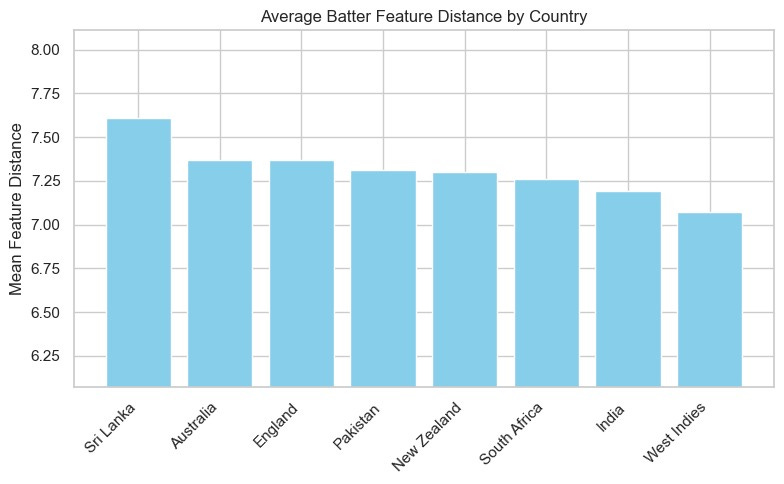
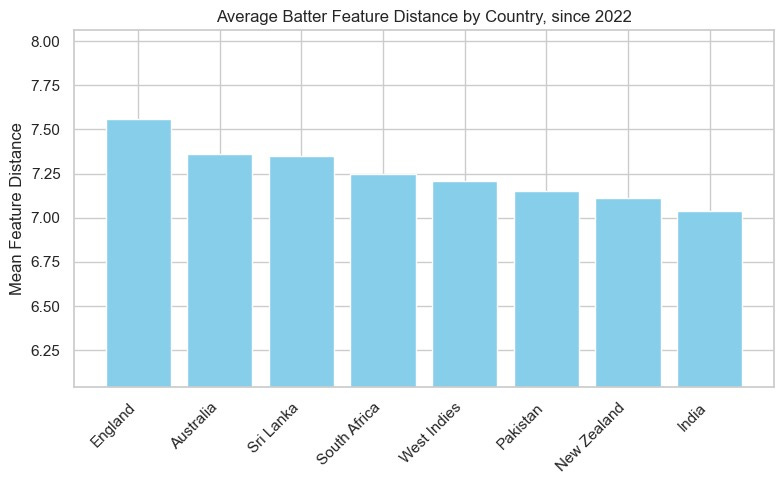
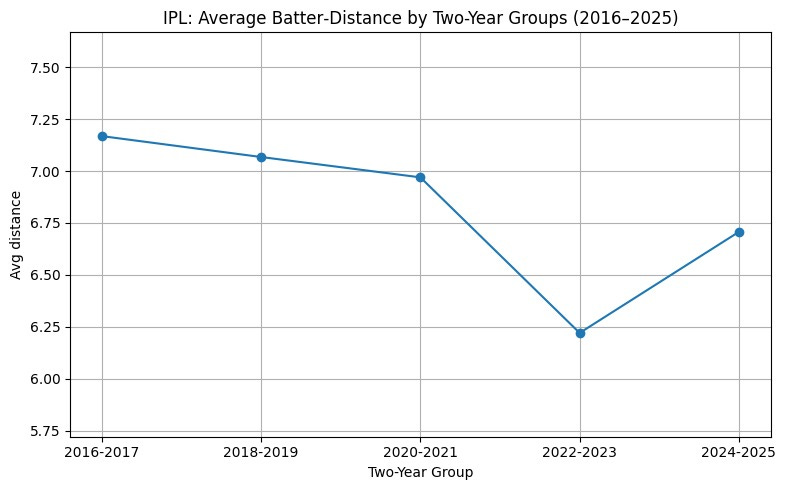


Amazing work Arnav! I'd love to connect sometime and hear more about the ideas behind this.